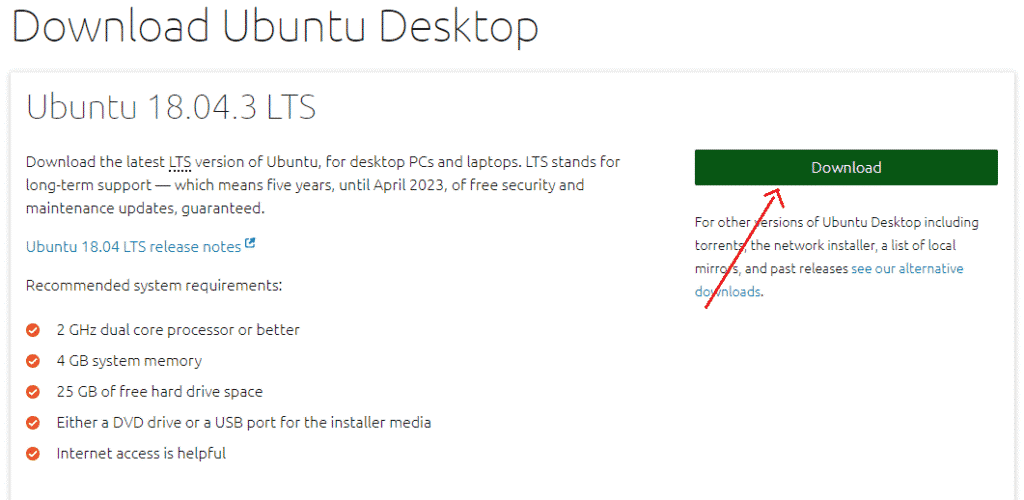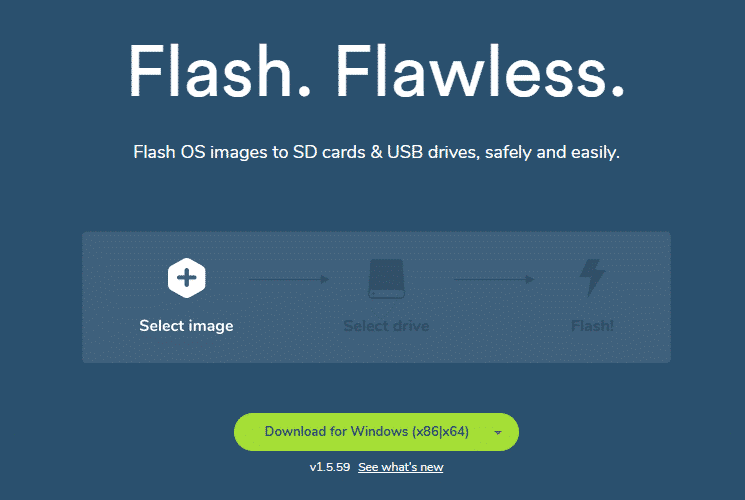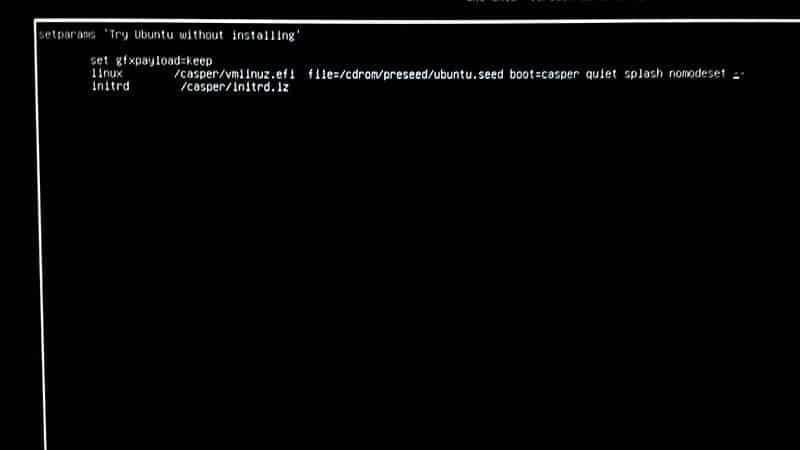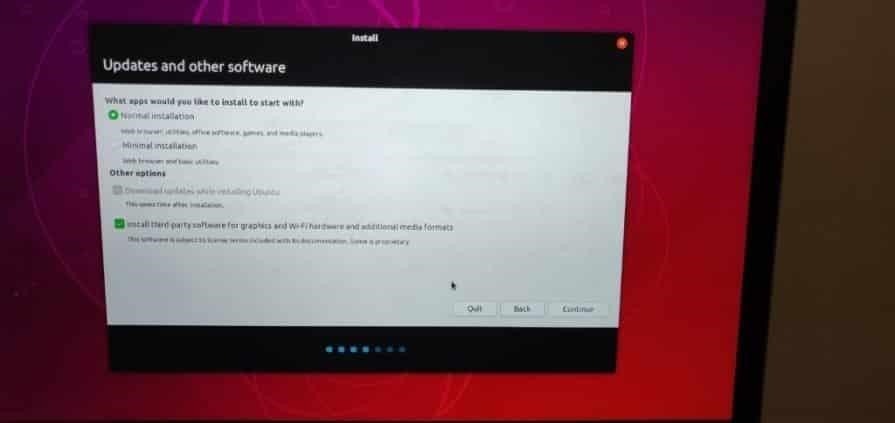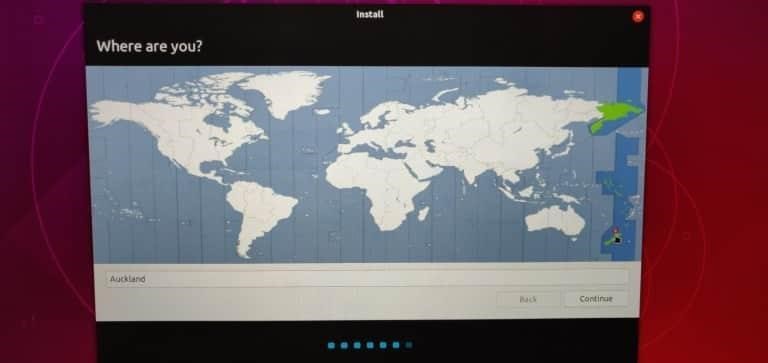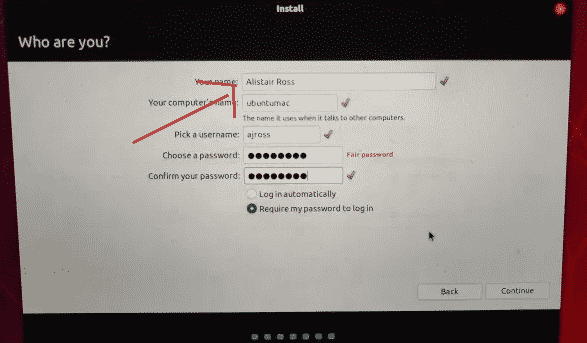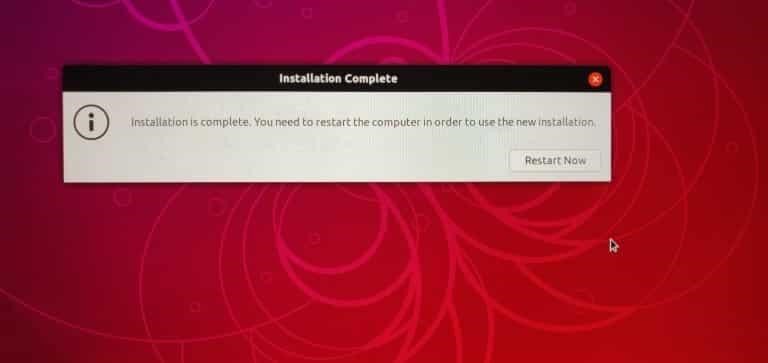This is because Linux provides a plethora of advanced features related to security, networking, privacy, ease of access, and adaptability that aren’t readily available in its competitors.
With advantages like these, no doubt you’d want to switch to Linux as your go-to operating system.
This guide is meant to help you learn how to install Linux on a Mac PC. The tutorial will help you run a Linux-based operating system on your Mac. Bear in mind this will completely overwrite the original OS.
With that said, let’s begin!
Selecting your Linux Distribution
Before you begin, you should decide which Linux distribution you’d want to work on. This will be determined by the kind of work environment you’re looking for, along with the features it has to offer.
A list of the commonly used Linux distributions is given below.
- Ubuntu: One of the most popular operating systems based on Debian. It is great for newcomers and offers a visual environment that is similar to macOS.
- Linux Mint: Released in 2006, Linux Mint is more Windows-like in terms of appearance and comes in with a range of options (Cinnamon, Mate, etc.) for users to choose from.
- Debian: This is perfect for people working in the networking sector. Although Debian is a little complicated to set up and use, it offers more features than Ubuntu and Mint. Overall, it’s perfect for someone that has experience with using Linux.
- Fedora Linux: This distro is based on various packages such as DNF, RPM, and GNOME. It is not recommended for beginners because of the complex work environment. However, advanced users can make the most out of this, as Fedora is the first out of all Linux distributions to receive gnome-shell updates.
Try to get familiar with the distribution you want to install, so you don’t have any issues later. We recommend starting with Ubuntu since it is the most used and offers plenty of community support if you get stuck somewhere.
We’ll be using Ubuntu for this guide; however, the process is no different for other Linux distributions.
Installing Linux on a Mac
There are options to run Linux temporarily on a Mac, for example, by using Virtual Box. However, if you’re looking for a more permanent solution, you can overwrite your current operating system with the Linux distro of your choice.
To install Linux on a Mac, you’ll need a formatted USB flash drive with storage up to 8GB. Remember, this process will wipe out your current macOS/OS X, and there is little chance to recover it back.
Also, dual-booting on a Mac isn’t recommended as it can lead to problems with hardware integration for your Linux distribution.
Follow the steps below for a seamless installation.
1. Start by downloading Ubuntu or any other Linux distro you want to use. Save it in your Downloads folder.
2. Now download and install Etcher, an app that will help you create a live USB for Linux Installation. You can download Etcher by clicking here.
3. Open the app and click on the Settings icon. Check the Unsafe Mode option and click on Yes, Continue.
4. Now Click on Select Image. Select the .iso file you downloaded in Step 1.
5. Insert your USB Drive.
6. Under the Select Drive option, Click Change. Pick the drive option that matches your USB drive in size. If you have inserted one drive in your Mac, the option will show /dev/disk1. If there are two drives attached, there will be an option for /dev/disk2 and so on. Note that /dev/disk0 is your Mac’s hard drive. Do not select that option.
7. Now click Flash to start copying.
8. Remove the USB Flash Drive and proceed to shut down your Mac.
9. Now attach the USB drive on the Mac again or to any other PC you want to install it to.
10. Power up the PC while constantly holding the Option key.
11. From the startup screen, select the EFI Boot Option.
12. You will see a screen with Ubuntu Installation Options that will ask you to either Try Ubuntu or Install Ubuntu. Press the letter ‘E’ on your keyboard to go to the boot entry.
13. Here, you will have to edit the boot entry. Change the line starting with Linux and add the word ‘nomodeset’ after ‘quiet splash’. The result should look similar to the image below.
14. Now, Press F10. Ubuntu will start booting into trial mode.
15. Click on the option, ‘Install Ubuntu’
16. Select your Language and Continue.
17. Now, select the option ‘Install third-party software’ and click Continue.
18. Click Yes to the alert option for /dev/sdb.
19. Now select ‘Erase Disk and Install Ubuntu’ and click on Continue.
20. Make sure you select the main hard drive and click on Install Now.
21. Select your location and then click on Continue.
22. Choose your keyboard layout and click on Continue.
23. Create a username and password that you want to use.
24. Click on Continue, and your Linux Distro will start installing. Once the installation is finished, you will be asked to restart your Mac.
25. Lastly, log in with your username and password to complete the installation.
Note: During the installation process, the entire hard disk is used for Ubuntu in step 19, which means your MacOS will be permanently deleted. If you want to keep the MacOS, you will have to make disk partitions. You can also go to Disk Utility to create proper partitions before you start installing Linux. Have a look here.
Conclusion
We hope this guide helped you learn how to install Linux on a Mac. We talked about selecting the proper Linux distribution, creating a live USB using Etcher, and gave the step-by-step process of installing Linux on a Mac. With this, we wish you all the best on your Linux journey.

